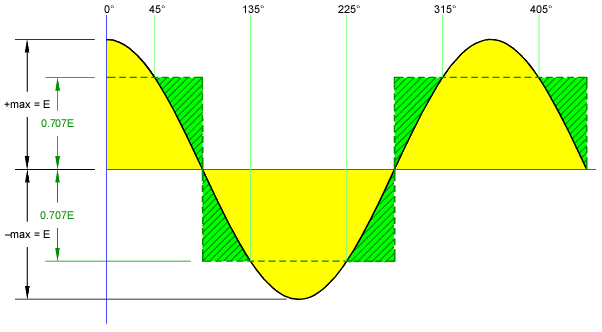You are using an out of date browser. It may not display this or other websites correctly.
You should upgrade or use an alternative browser.
You should upgrade or use an alternative browser.
Kirchoff's law
- Thread starter K2500
- Start date
- Status
- Not open for further replies.
ElctriclCncepts
Member
There's a lot of information here, enough so that there shouldn't be any confusion on K's Law ,Potential, and Phase current. But a basic introductory to electrical theory book wouldn't be bad to add to your library. Mike's seemed to be pretty good. I skimmed through his DVD with my Journeyman's package. Not bad at all.
Yep!
Yep!
I agree. Learning the basics through this forum is slow, and might I say, "risky".
Yep!
ElctriclCncepts said:There's a lot of information here, enough so that there shouldn't be any confusion on K's Law ,Potential, and Phase current. But a basic introductory to electrical theory book wouldn't be bad to add to your library. Mike's seemed to be pretty good. I skimmed through his DVD with my Journeyman's package. Not bad at all.
I agree. Learning the basics through this forum is slow, and might I say, "risky".
winnie
Senior Member
- Location
- Springfield, MA, USA
- Occupation
- Electric motor research
Smart$:
The _area_ under one lobe of a sine curve of period 2pi is simply 2. Do the definite integral. A rectangle of the same area and width pi thus has a height of 2/pi or 0.637.
-Jon
The _area_ under one lobe of a sine curve of period 2pi is simply 2. Do the definite integral. A rectangle of the same area and width pi thus has a height of 2/pi or 0.637.
-Jon
rattus said:No Smart:
I refer to your post #77 where you have plotted a cosine wave, and you indicate indirectly that the average value is 0.707.
Hmmm... Well I have to admit my calculus is not what it used to be. As the adage "use it or lose it" comes to mind, my case is haven't used it and done lost it. I composed the diagram from what I thought was an accurate memory. So, I cannot do a refresher (which really wouldn't serve any purpose at this point anyway) due to time constraints and must ever so humbly request mercy.winnie said:Smart$:
The _area_ under one lobe of a sine curve of period 2pi is simply 2. Do the definite integral. A rectangle of the same area and width pi thus has a height of 2/pi or 0.637.
-Jon
Anyway, rather than let this thread die on a personal sour note, I thought I'd mention a little something, which doesn't require calculus  , I have not seen mentioned anywhere...
, I have not seen mentioned anywhere...
The RMS value of a sinusoidal waveform coincides with the halfway-rotational point between peaks and zero crossings, i.e. where θ is at every other quarter-rotation angle, e.g. 45?, 135?, 225?, 315?, etc.,:

The RMS value of a sinusoidal waveform coincides with the halfway-rotational point between peaks and zero crossings, i.e. where θ is at every other quarter-rotation angle, e.g. 45?, 135?, 225?, 315?, etc.,:
|cos θ| = 0.707

- Status
- Not open for further replies.
